Introduction
Drone electronics manufacturing industry has witnessed an unprecedented surge in recent years, driven by technological advancements and diverse applications across various sectors. As the complexity and capabilities of drones continue to evolve, the demand for sophisticated electronics has become paramount.
This article delves into the growth of drone electronics manufacturing examining the key drivers, challenges, and future prospects of this dynamic industry.
Drone electronics manufacturing industry has witnessed an unprecedented surge in recent years, driven by technological advancements and diverse applications across various sectors. As the complexity and capabilities of drones continue to evolve, the demand for sophisticated electronics has become paramount.
This article delves into the growth of drone electronics manufacturing examining the key drivers, challenges, and future prospects of this dynamic industry.
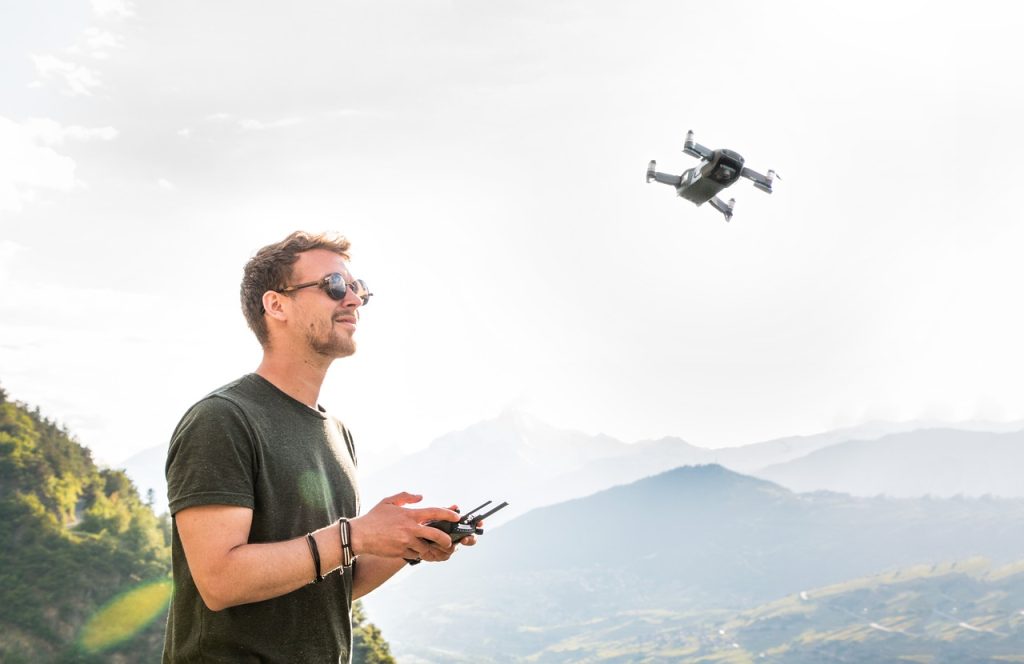
FAQs
- What are the key factors driving the growth of drone electronics manufacturing? Technological advancements, expanding applications, and emerging markets are the primary drivers.
- What are the challenges faced by drone electronics manufacturers?
Regulatory hurdles, supply chain issues, competition, and quality control are significant challenges.
- What is the future outlook for the drone electronics manufacturing industry?
The industry is expected to continue growing, with opportunities for innovation, integration with AI, and autonomous operations.
- How will the drone electronics manufacturing industry evolve in the next 10 years?
The industry is likely to witness significant advancements in terms of technology, applications, and market penetration. The integration of AI and autonomous operations will be key trends to watch.
- How are advancements in materials science and nanotechnology impacting the design and performance of drone electronics components?
Advancements in materials science and nanotechnology are enabling the development of lighter, more durable, and energy-efficient drone electronics components.
- What are the potential applications and benefits of using flexible electronics and printed circuit boards in drone manufacturing?
Flexible electronics and printed circuit boards can enable the design of more compact and adaptable drones, with applications in areas such as surveillance, environmental monitoring, and personal use.
- How are regulatory bodies and industry organizations working to ensure the safety, reliability, and performance of drone electronics?
Regulatory bodies and industry organizations are developing certification standards and testing procedures to ensure the safety and reliability of drone electronics.
- What are the potential impacts of certification requirements on the cost, time-to-market, and innovation of drone electronics products?
Certification requirements can increase costs and time-to-market for drone electronics products. However, they can also help to build consumer confidence and ensure product safety.
Key Drivers of Drone Electronics Manufacturing Growth
Technological Advancements:
- Miniaturization: The development of smaller and more powerful electronic components has enabled the creation of compact and agile drones.
- Battery Technology: Improvements in battery capacity and efficiency have extended flight times and increased the range of drones.
- Sensors and Cameras: Advanced sensors and cameras, including high-resolution cameras, thermal imaging, and LiDAR, have enhanced the capabilities of drones for various applications.
Expanding Applications:
- Commercial Use: Drones are being deployed in sectors such as agriculture, logistics, infrastructure inspection, and surveillance, driving demand for specialized electronics.
- Consumer Market: The growing popularity of recreational drones has fueled the need for affordable and user-friendly electronic components.
- Government and Military: Drones are used for border patrol, search and rescue, disaster response, and military operations, requiring robust and reliable electronics.
Emerging Markets:
- Developing Countries: The increasing adoption of drones in developing countries, particularly for agriculture and infrastructure development, presents significant opportunities for drone electronics manufacturers.
New Applications: The exploration of innovative drone applications, such as package delivery, aerial photography, and environmental monitoring, is creating new markets for specialized electronics.
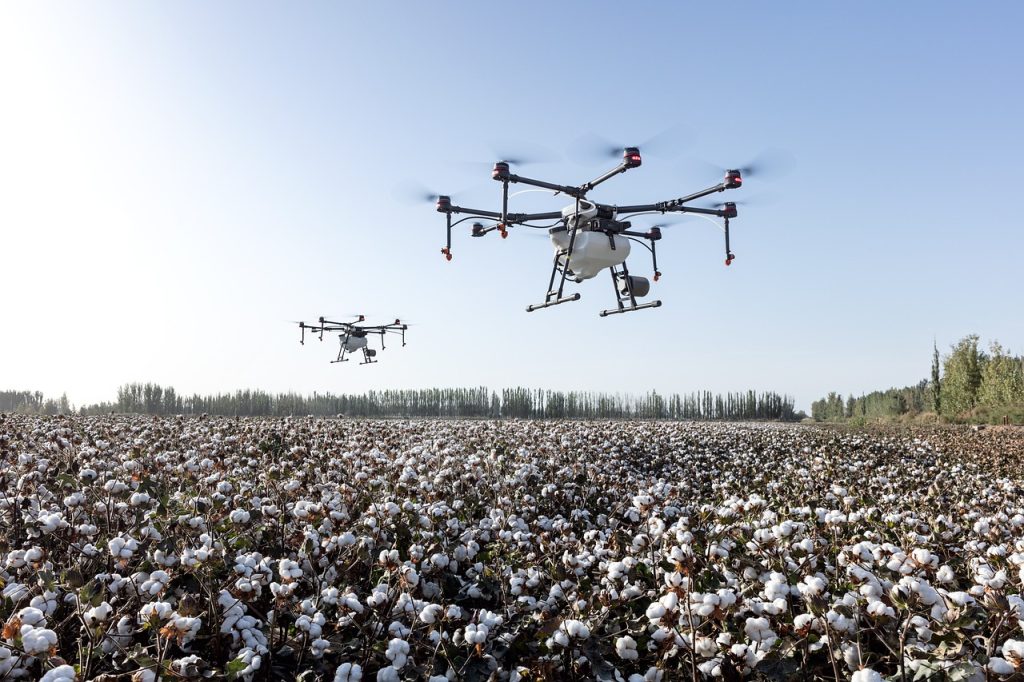
Challenges in Drone Electronics Manufacturing
Regulatory Landscape and Challenges
Regulatory Hurdles: Navigating complex regulations related to drone operations, data privacy, and airspace management can pose challenges for manufacturers and suppliers.
- What are the key regulatory challenges faced by drone electronics manufacturers in different regions of the world? Regulatory challenges include airspace restrictions, data privacy concerns, and varying certification requirements in different countries.
- How are governments and international organizations working to establish standardized regulations for drone operations and electronic components? Governments and international organizations are working to develop standardized regulations for drone operations and electronic components to ensure safety, security, and interoperability.
- What are the potential impacts of data privacy concerns and cybersecurity threats on the drone electronics industry? Data privacy concerns and cybersecurity threats can impact the adoption and use of drones, especially in sensitive applications. Manufacturers must implement robust security measures to protect user data and prevent unauthorized access.
Supply Chain and Sustainability
Supply Chain Issues: Ensuring a reliable and efficient supply chain for specialized electronic components can be difficult, especially in the face of global market fluctuations.
- What are the major challenges in ensuring a reliable and sustainable supply chain for drone electronics components, particularly rare earth metals and other critical materials? Challenges include supply chain disruptions, geopolitical risks, and the environmental impact of mining and extraction.
- How are manufacturers addressing the environmental impact of drone electronics production and disposal? Manufacturers are implementing sustainable practices such as using recycled materials, reducing waste, and improving energy efficiency.
- What are the potential benefits and challenges of adopting circular economy principles in the drone electronics industry? Circular economy principles can reduce waste, conserve resources, and create new business opportunities. However, challenges include the need for infrastructure, technology, and consumer awareness.
Technological Advancements and Innovation
Competition: The competitive landscape of drone electronics manufacturing is intense, with numerous players vying for market share.
- How are advancements in battery technology and energy storage solutions driving the development of longer-range and higher-payload drones? Advances in battery technology, such as lithium-ion batteries and solid-state batteries, are enabling drones with longer flight times and increased payload capacities.
- What are the potential applications and benefits of using artificial intelligence and machine learning algorithms in drone electronics? AI and machine learning can enhance drone autonomy, improve navigation, and enable new applications such as autonomous package delivery and agricultural monitoring.
How are manufacturers addressing the challenges of miniaturizing electronic components while maintaining performance and reliability? Manufacturers are using advanced manufacturing techniques, such as nanotechnology and 3D printing, to create smaller and more efficient electronic components.Challenges in Drone Electronics Manufacturing
Regulatory Landscape and Challenges
Regulatory Hurdles: Navigating complex regulations related to drone operations, data privacy, and airspace management can pose challenges for manufacturers and suppliers.
- What are the key regulatory challenges faced by drone electronics manufacturers in different regions of the world? Regulatory challenges include airspace restrictions, data privacy concerns, and varying certification requirements in different countries.
- How are governments and international organizations working to establish standardized regulations for drone operations and electronic components? Governments and international organizations are working to develop standardized regulations for drone operations and electronic components to ensure safety, security, and interoperability.
- What are the potential impacts of data privacy concerns and cybersecurity threats on the drone electronics industry? Data privacy concerns and cybersecurity threats can impact the adoption and use of drones, especially in sensitive applications. Manufacturers must implement robust security measures to protect user data and prevent unauthorized access.
Supply Chain and Sustainability
Supply Chain Issues: Ensuring a reliable and efficient supply chain for specialized electronic components can be difficult, especially in the face of global market fluctuations.
- What are the major challenges in ensuring a reliable and sustainable supply chain for drone electronics components, particularly rare earth metals and other critical materials? Challenges include supply chain disruptions, geopolitical risks, and the environmental impact of mining and extraction.
- How are manufacturers addressing the environmental impact of drone electronics production and disposal? Manufacturers are implementing sustainable practices such as using recycled materials, reducing waste, and improving energy efficiency.
- What are the potential benefits and challenges of adopting circular economy principles in the drone electronics industry? Circular economy principles can reduce waste, conserve resources, and create new business opportunities. However, challenges include the need for infrastructure, technology, and consumer awareness.
Technological Advancements and Innovation
Competition: The competitive landscape of drone electronics manufacturing is intense, with numerous players vying for market share.
- How are advancements in battery technology and energy storage solutions driving the development of longer-range and higher-payload drones? Advances in battery technology, such as lithium-ion batteries and solid-state batteries, are enabling drones with longer flight times and increased payload capacities.
- What are the potential applications and benefits of using artificial intelligence and machine learning algorithms in drone electronics? AI and machine learning can enhance drone autonomy, improve navigation, and enable new applications such as autonomous package delivery and agricultural monitoring.
How are manufacturers addressing the challenges of miniaturizing electronic components while maintaining performance and reliability? Manufacturers are using advanced manufacturing techniques, such as nanotechnology and 3D printing, to create smaller and more efficient electronic components.
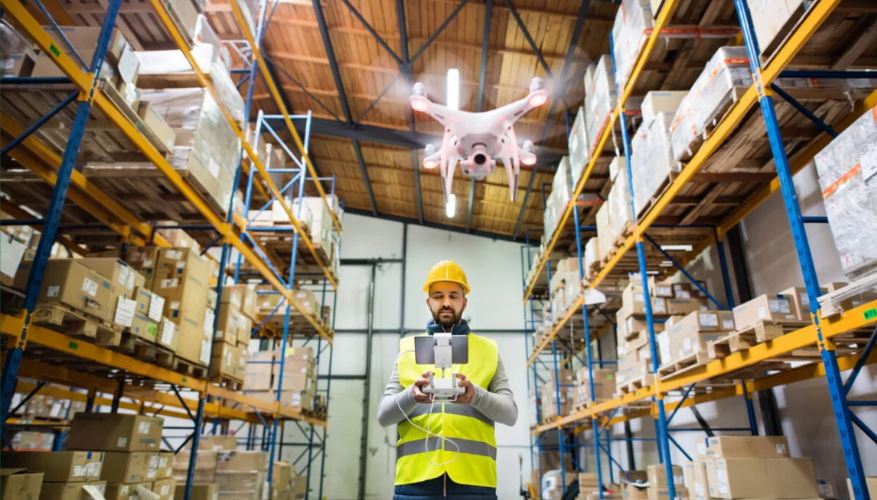
Consumer Adoption and Market Dynamics
Quality Control: Maintaining high standards of quality and reliability is crucial to ensure the safety and performance of drones.
- How is the increasing affordability and accessibility of drones driving consumer adoption and market growth? As drones become more affordable and accessible, consumer adoption is increasing, driving market growth.
- What are the key factors influencing consumer preferences and purchasing decisions for drones and their associated electronics? Consumer preferences are influenced by factors such as price, features, ease of use, and battery life.
- How are manufacturers addressing the challenges of balancing performance, cost, and user experience in the consumer drone market? Manufacturers are focusing on developing drones with a balance of performance, affordability, and user-friendly features.
Industrial Applications and Industry Verticals
- What are the emerging industrial applications for drones beyond agriculture and logistics, such as mining, construction, and energy infrastructure inspection? Drones are being used in various industries for tasks such as surveying, inspection, and monitoring.
- How are manufacturers tailoring their drone electronics offerings to meet the specific needs and requirements of different industry verticals? Manufacturers are developing specialized drone electronics components to meet the unique requirements of different industries.
- What are the potential challenges and opportunities for integrating drones into existing industrial workflows and operations? Challenges include regulatory compliance, data privacy, and the need for specialized training. Opportunities include increased efficiency, reduced costs, and improved safety.
Global Market Trends and Regional Differences
- How are geopolitical factors and trade policies affecting the global drone electronics market? Geopolitical factors and trade policies can impact the availability and pricing of drone electronics components.
- What are the key regional differences in terms of drone adoption, regulatory frameworks, and market dynamics? Regional differences in drones.
Future Outlook for Drone Electronics Manufacturing
- Integration with Artificial Intelligence: The integration of artificial intelligence (AI) into drones will drive demand for more sophisticated electronics, including advanced processors, sensors, and communication systems.
- Autonomous Operations: The development of fully autonomous drones will require advanced electronics capable of supporting complex decision-making and navigation algorithms.
- Vertical Integration: Some drone manufacturers may choose to vertically integrate their operations, controlling the production of key electronic components to ensure quality and reduce costs.
- Sustainability and Environmental Impact: There will be a growing emphasis on developing sustainable and environmentally friendly drone electronics, including energy-efficient components and recyclable materials.
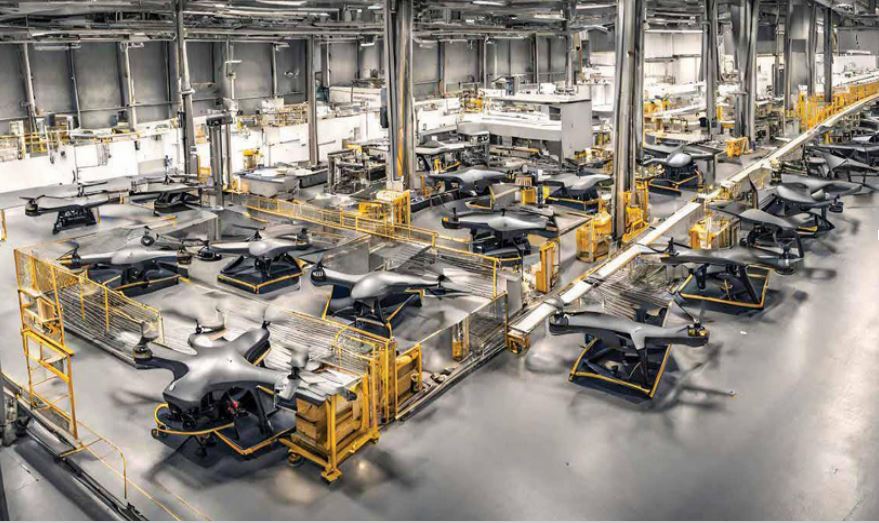
Market Trends and Opportunities
- How are emerging technologies like blockchain and 5G impacting the drone electronics manufacturing industry? Blockchain technology can enhance security, transparency, and traceability in the drone electronics supply chain. 5G networks can provide faster data transmission speeds, lower latency, and increased connectivity for drones, enabling more advanced features and applications.
- What are the potential applications and markets for swarm drones and their associated electronics? Swarm drones have potential applications in agriculture, search and rescue, environmental monitoring, and military operations. They require specialized electronics for coordination, communication, and decision-making.
How is the increasing demand for drones in industries like agriculture and logistics influencing the development of specialized electronic components? The demand for drones in agriculture and logistics has led to the development of specialized electronic components such as high-resolution cameras, sensors, and efficient power systems.Market Trends and Opportunities
- How are emerging technologies like blockchain and 5G impacting the drone electronics manufacturing industry? Blockchain technology can enhance security, transparency, and traceability in the drone electronics supply chain. 5G networks can provide faster data transmission speeds, lower latency, and increased connectivity for drones, enabling more advanced features and applications.
- What are the potential applications and markets for swarm drones and their associated electronics? Swarm drones have potential applications in agriculture, search and rescue, environmental monitoring, and military operations. They require specialized electronics for coordination, communication, and decision-making.
How is the increasing demand for drones in industries like agriculture and logistics influencing the development of specialized electronic components? The demand for drones in agriculture and logistics has led to the development of specialized electronic components such as high-resolution cameras, sensors, and efficient power systems.
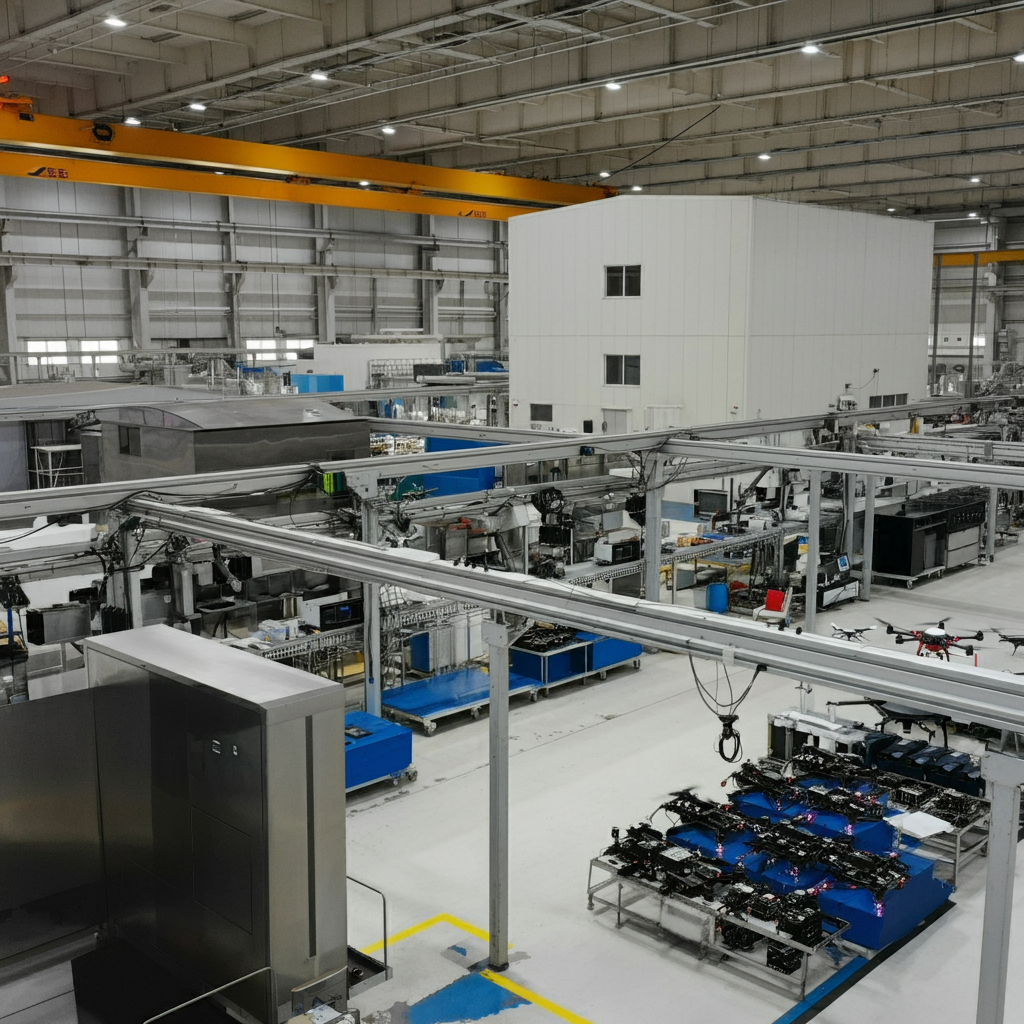
Takeaway
- The drone electronics manufacturing industry is experiencing rapid growth, driven by technological advancements, expanding applications, and emerging markets.
- Challenges such as regulatory hurdles, supply chain issues, and competition need to be addressed to sustain industry growth.
- The future of drone electronics manufacturing is promising, with opportunities for innovation, integration with AI, and autonomous operations.
Conclusion
The drone electronics manufacturing industry is poised for continued growth and innovation. As drones become increasingly integrated into various sectors, the demand for sophisticated and reliable electronics will only intensify. By addressing the challenges and capitalizing on the opportunities, manufacturers can position themselves for long-term success in this dynamic market.
